



When evaluating cleaning devices, one important figure stands out: the measurement specified in bars. This metric provides insight into the force exerted by the water stream, directly correlating with the capability to remove stubborn dirt and grime. I recommend seeking models with a range of 120 to 150 bars for typical household tasks, as these levels offer a well-rounded approach to various cleaning challenges.
For heavier-duty applications, devices boasting 180 bars or more can be beneficial. They excel in tackling tough stains, driveways, and patios, delivering results that are hard to match. Throughout my decade of experience in the cleaning equipment sector, I have consistently observed that understanding this measurement can make a significant difference in achieving desired cleanliness efficiently.
While assessing options, keep in mind that higher numbers might not always guarantee superior performance. The right balance between bar strength and the flow rate is essential. A model with high pressure but low water output may underperform in practical scenarios. A harmonious blend of pressure and flow enhances the overall cleaning experience, providing both power and efficiency.
Understanding Measurement on Cleaning Equipment
When engaging with cleaning devices, it’s crucial to focus on the measurement specified in bars. Each unit indicates the force exerted by the machine, directly influencing how effectively it can eliminate dirt and debris.
A device rated at 100 bars can produce a force equivalent to approximately 1,450 psi (pounds per square inch), which is suitable for moderate tasks like vehicle cleaning and patio maintenance. For heavy-duty jobs, look for machines that offer 150 bars or more, as these provide sufficient power to tackle tough stains on driveways and industrial surfaces.
Always check the specifications whether the unit is electric or petrol-powered. Electric models typically range from 100 to 150 bars, while petrol-powered alternatives might exceed 200 bars, making them ideal for professional-grade operations.
Pay attention to the nozzle type as well; different nozzle sizes will affect pressure delivery and spray pattern, enhancing versatility in various cleaning tasks. Choosing the right attachment and optimising the pressure setting are vital to achieving the best results.
In summary, understanding the bar rating helps in selecting the right machine for your specific needs, ensuring effective and efficient cleaning performance.
Understanding Pressure Ratings in Bars
For optimal performance, select a model with a rating suitable for your tasks. Each unit’s specification, usually indicated in bars, reflects the cleaning force available. For light-duty tasks, 100 to 120 bars suffice; common home applications like car cleaning or patio maintenance typically fall within this range.
Medium-duty tasks, such as removing debris from driveways or siding, benefit from 130 to 160 bars, ensuring efficient cleaning without damaging surfaces. Heavy-duty applications, such as preparing surfaces for painting or deep cleaning concrete, require units rated at 170 bars or more. Always match the tool’s power to the specific job to avoid unnecessary wear and tear.
Choosing the Right Equipment
Investigate different models and their pressure ratings meticulously. For regular home cleaning, a machine rated between 110 to 150 bars should suffice. If you perform more demanding jobs, opt for higher ratings. Additionally, remember that pressure is only one aspect; consider flow rate, measured in litres per minute (LPM), since it affects how quickly the task can be completed. A balanced ratio between pressure and flow ensures efficient cleaning.
Maintenance and Considerations
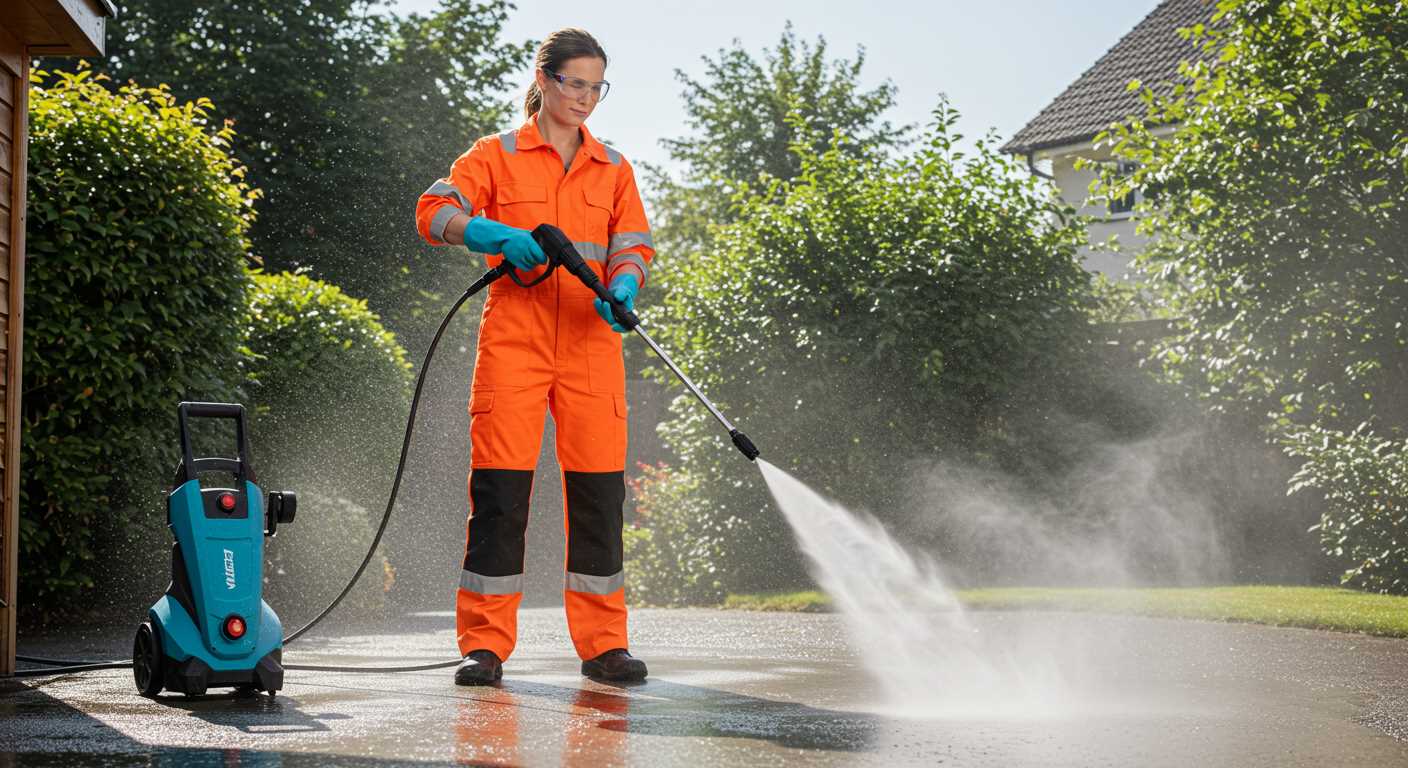
Regular maintenance of your equipment will preserve its performance. Ensure nozzles are clean and undamaged, as these components directly influence pressure output. Store your device in a frost-free area and ensure to drain water after each use. This simple step extends the lifespan significantly.
Ultimately, understanding the relationship between ratings and practical applications empowers you to choose the right tool for your cleaning needs. Always refer to the manufacturer’s guidelines to optimise usage and achieve the best results.
How to Choose the Right Bar Pressure for Your Cleaning Task
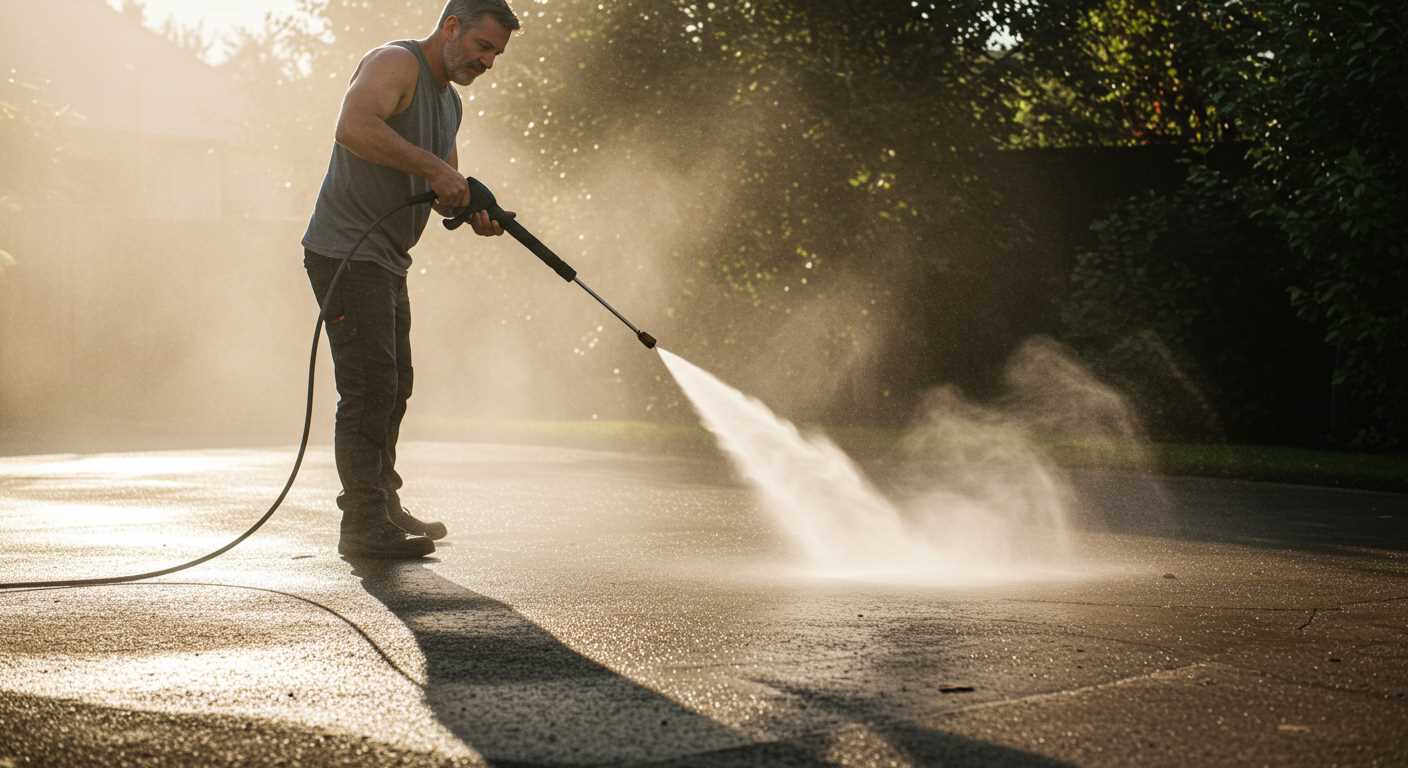
For optimal cleaning outcomes, align the force setting with the specific cleaning job. Here’s how to determine the appropriate intensity:
- Light Jobs (up to 100 bars): Use for tasks like washing cars, cleaning patios, or delicate surfaces. This setting prevents damage while ensuring grime is effectively removed.
- Medium Tasks (100 – 200 bars): Ideal for cleaning driveways, exterior walls, and outdoor furniture. It strikes a balance between power and safety, tackling tougher stains while remaining safe for most surfaces.
- Heavy-Duty Applications (200+ bars): Perfect for industrial use or severe stains like oil spills, concrete, and metal surfaces. This level provides high cleaning power necessary for challenging jobs.
Assess the dirt type before selecting intensity. Different stains demand various approaches:
- For soil, a lower setting suffices.
- Grease and oil require greater force.
- Mould and mildew benefit from higher levels, with added cleaning solutions.
Compatibility with accessories is also key:
- Adjust nozzle tips for versatile spray patterns; they affect the stream’s intensity and width.
- Consider surface attachments to enhance cleaning efficiency while keeping damage minimal.
Finally, assess your equipment’s maximum rating. Always work within the recommended limits to ensure longevity and performance. Balancing task needs with machine capabilities guarantees optimal results and satisfaction.
Common Misconceptions About Bar Measurements
One common misunderstanding is equating higher bar counts with superior cleaning ability. Many assume that a unit with elevated figures will always outperform others, but effectiveness also depends on design, nozzle type, and intended tasks.
Another misconception involves the relationship between bars and safety. Users often believe that devices with high ratings are inherently risky to operate. However, safety features and user guidance are critical, regardless of pressure measures.
It’s also inaccurate to think that bar measurements correlate directly with flow rates. A unit might showcase impressive bar values but deliver lower flow, making it less appropriate for specific cleaning jobs versus lower-rated alternatives with higher water output.
Some consumers think that all brands provide comparable performance at the same bar level. Variances in engineering, build quality, and technology can lead to substantial differences in results, even among products rated similarly.
Lastly, there’s a tendency to underestimate the impact of maintenance. Users often overlook the fact that prolonged performance and efficiency heavily rely on regular care and the condition of components, which can influence the overall output despite initial bar ratings.
Comparing Bar Pressure to PSI in Pressure Washers
Switching between bar and PSI can create confusion, as both units measure the force of fluid expelled by equipment. One bar equals 14.5 PSI; therefore, when evaluating models, it’s crucial to convert these values for accurate assessments. For example, a washer rated at 100 bar delivers approximately 1450 PSI, indicating substantial cleaning power for tougher jobs.
Choosing the Right Measurement for Your Tasks
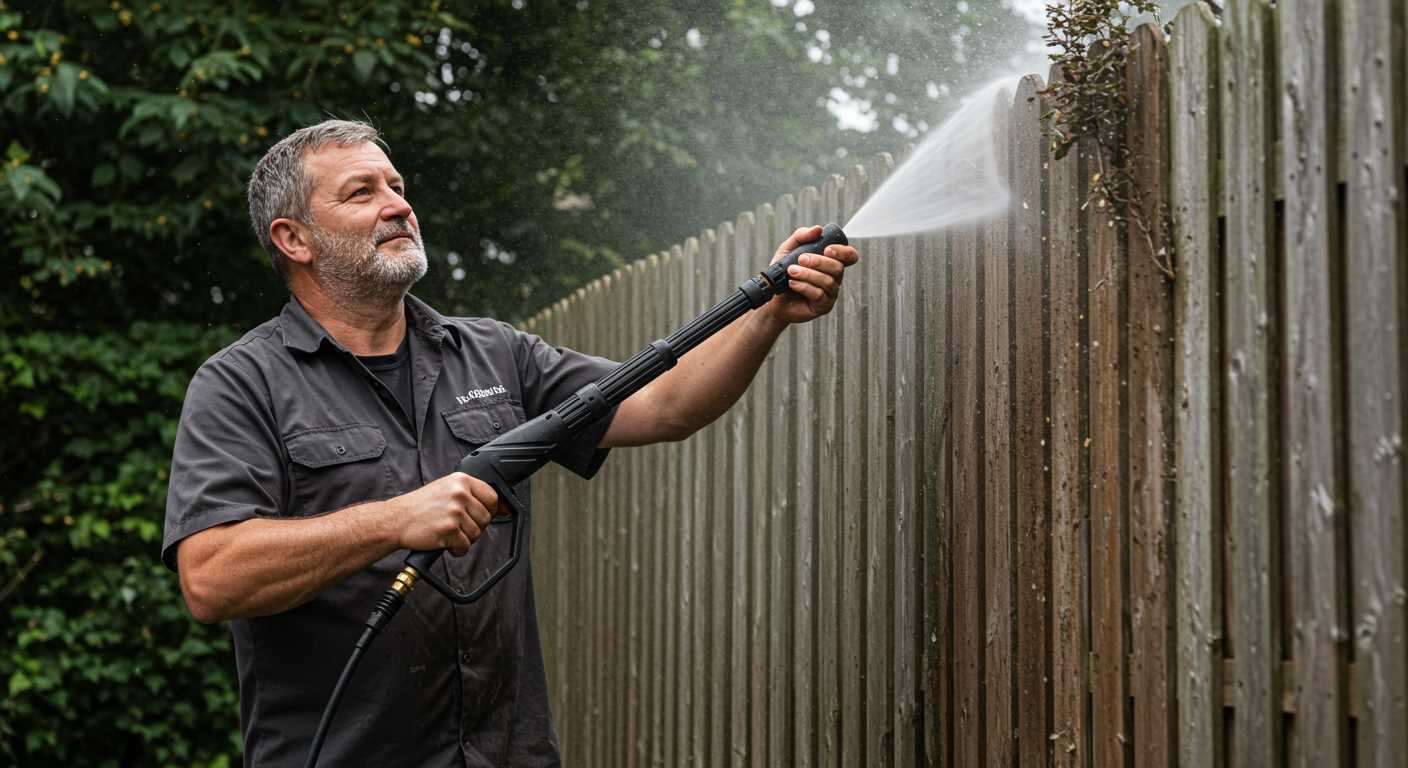
If a cleaning application requires high force for removing heavy grime or stains, selecting a unit in bars may provide a clearer understanding of capabilities. Conversely, if familiar with PSI ratings, consider your specific tasks and how they translate to bar capabilities. Lower range models, typically between 70 to 140 bar, serve well for lighter tasks like vehicle cleaning or patio maintenance, while high-end options reaching up to 250 bar suit industrial-grade tasks.
Practical Implications of Measurement Units
<p understanding how these units relate can influence choices significantly. If shopping based on bar ratings, check the equivalent PSI to determine if it matches your requirements. Additionally, maintaining an awareness of pressure levels ensures safety, as excessive force may damage sensitive surfaces or materials. Establishing clarity on these measurements enhances decision-making and maximises cleaning efficiency with your selected equipment.
Impact of Bar Pressure on Surface Safety and Damage
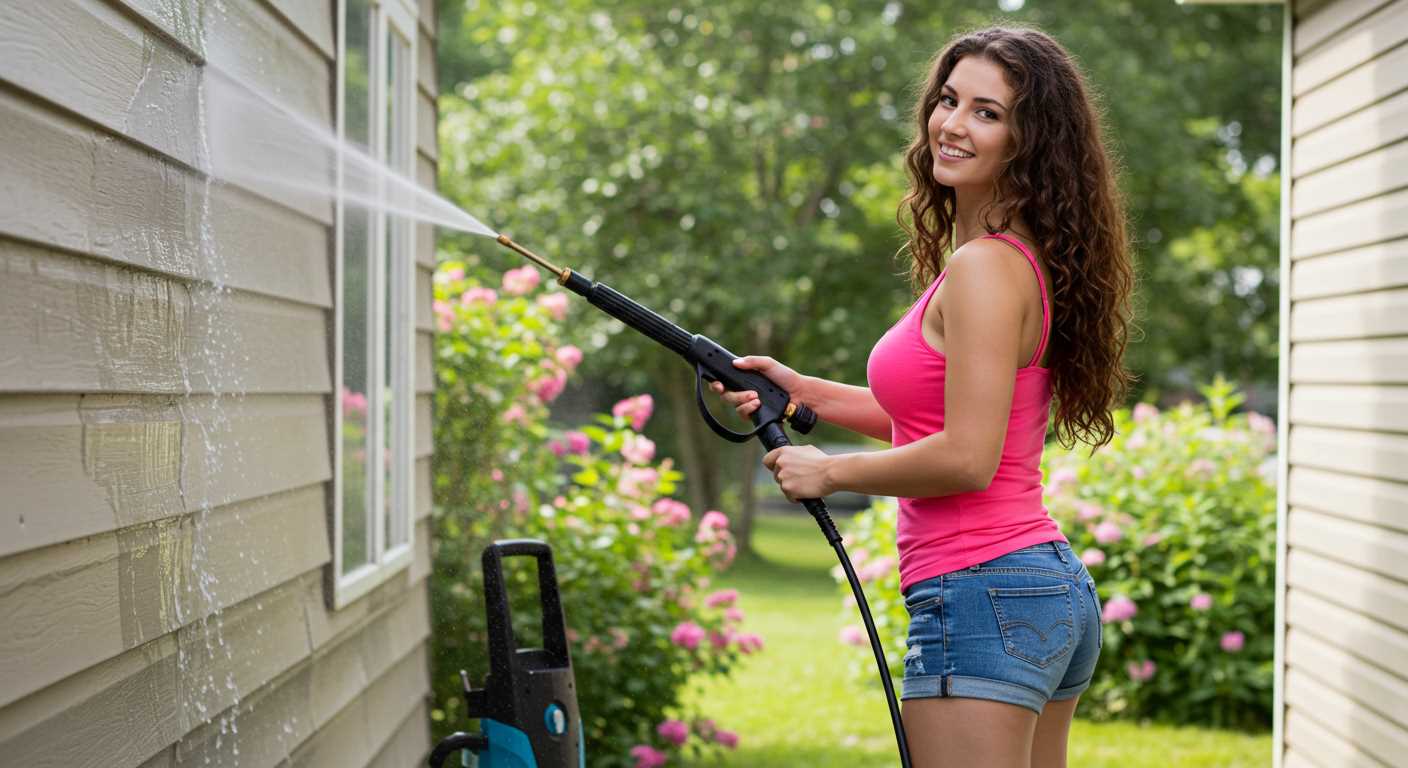
I advise understanding the correlation between force applied and surface safety. Selecting the appropriate intensity is crucial to avoid potential harm.
- Delicate Surfaces: When working on softer materials such as wood or certain types of tiles, opt for lower metrics. Intensity around 80 to 120 might suffice to prevent gouging or chipping.
- Hard Surfaces: For concrete or brickwork, higher metrics of 150 to 250 can efficiently eliminate stubborn grime or stains. However, avoid exceeding 300 to reduce risks of surface etching.
- Painted Surfaces: Use caution with painted or treated finishes. A range of 100 to 150 is advisable to clean without stripping the coating or causing peeling.
Always test in an inconspicuous area before engaging full-force. This prevents unforeseen damage and ensures compatibility with the material.
Additionally, using the correct nozzle is as important as the numbers themselves. A narrow focus can intensify impact but also increase risk on sensitive surfaces. Conversely, a wider spray reduces risk but may necessitate higher force settings for effective cleaning.
In my experience, adjusting both intensity and nozzle type leads to successful outcomes, safeguarding the integrity of the surfaces being treated.
- Optimum Distance: Maintain a safe distance from the surface. Generally, 18 to 24 inches helps balance effectiveness and safety.
- Movement Technique: Employ a sweeping motion rather than lingering. This distributes force evenly and minimizes potential damage.
Total awareness of metrics and techniques ultimately results in efficient cleaning while preserving the durability of various surfaces. Always prioritise protection alongside effective cleaning.
Tips for Adjusting Pressure Settings Based on Bar Measurements
Start with lower settings; aim for about 80 to 100 bar for delicate surfaces to prevent damage. I recommend gradually increasing the levels as needed, observing how the surface reacts. This approach protects against scratches and unintentional etching.
General Adjustments
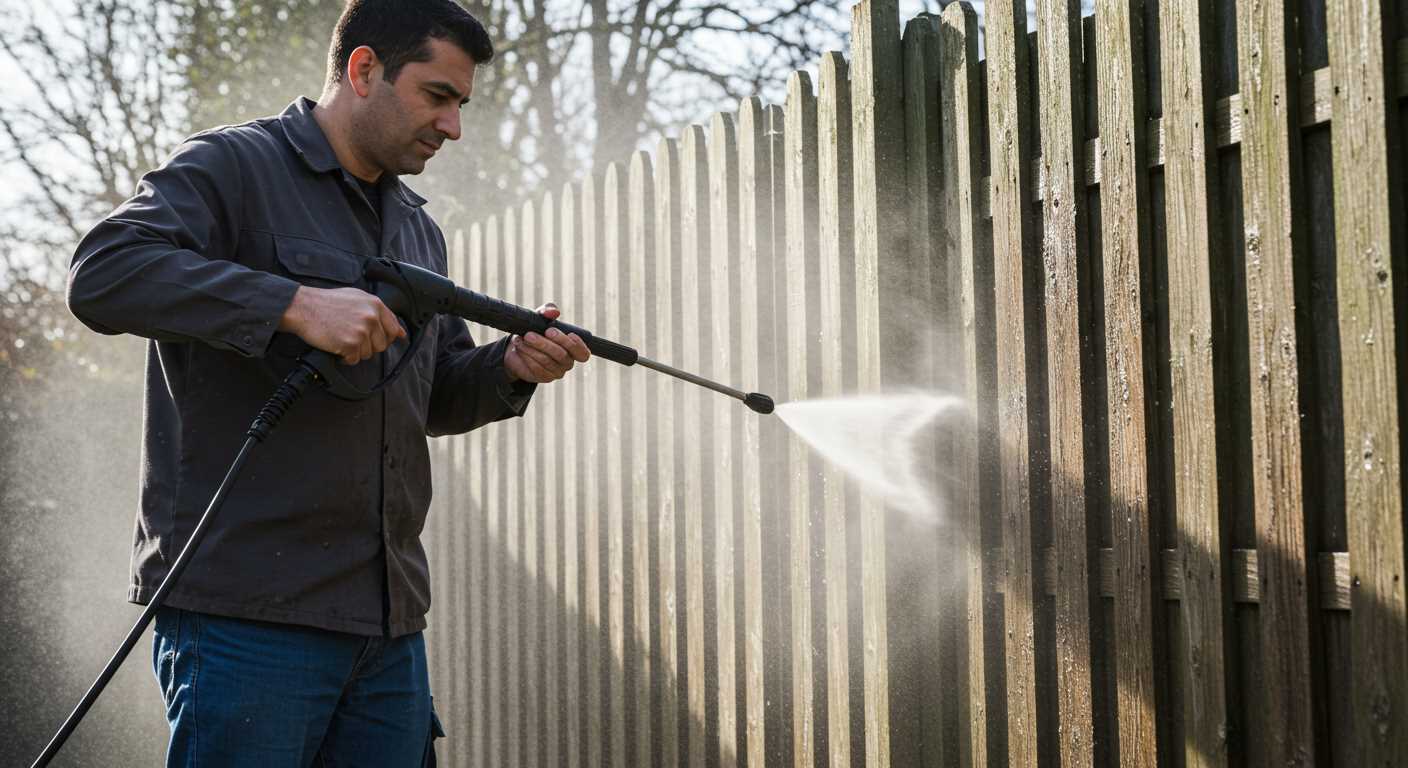
For general cleaning tasks like patios and driveways, settings between 120 and 150 bar are ideal. Always test a small, inconspicuous area first. Increase the bar level if dirt persists after initial cleaning. Adjust downwards if water splatter occurs excessively.
Task-Specific Recommendations

For vehicles, use a setting around 100 to 120 bar. This effectively removes grime without harming paintwork. For industrial surfaces or heavy-duty tasks, elevate the levels to 160 bar or more, ensuring to use appropriate nozzles designed for high compression.
| Cleaning Task | Recommended Bar Setting |
|---|---|
| Cars and Bikes | 100 – 120 |
| Patios and Decking | 120 – 150 |
| Heavy Machinery | 160+ |
| Wooden Furniture | 80 – 100 |
Maintain consistent pressure throughout the cleaning cycle for an even finish. If using attachments like surface cleaners or turbo nozzles, adjust expectations as they may require different levels to operate effectively.
FAQ:
What does the “bar” signify in the context of a pressure washer?
The “bar” in a pressure washer indicates the pressure that the machine can generate when spraying water. One bar equals approximately 14.5 psi (pounds per square inch). A pressure rating typically ranges anywhere from 80 to over 300 bars. This measurement is crucial because it determines how effectively the pressure washer can clean various surfaces; higher bars indicate greater pressure and a more powerful cleaning capability.
Why is it important to consider the bar rating of a pressure washer before purchasing?
When selecting a pressure washer, the bar rating is essential to ensure that the machine meets your cleaning needs. For light tasks, such as washing cars or garden furniture, a machine with a lower bar rating (around 100-130 bars) will suffice. However, more demanding jobs like removing paint or cleaning driveways may require a machine with a higher rating (200+ bars). Choosing the right bar rating can save time and effort, as using a too weak pressure washer can result in inadequate cleaning.
How does the bar measurement affect the cleaning performance of a pressure washer?
The bar measurement directly influences the cleaning performance by determining the force with which water is expelled from the nozzle. A higher bar means more pressure, enabling the washer to remove stubborn dirt, grime, and stains more effectively. Conversely, a lower bar might struggle with tough cleaning tasks. It’s also important to match the pressure with the surface being cleaned; for example, delicate surfaces like wood may require lower pressure to avoid damage.
Are there any risks associated with using a pressure washer with a high bar rating?
Using a pressure washer with a high bar rating does come with certain risks. If the pressure is too high for a specific surface, it can cause damage, such as stripping paint from walls, blasting away protective coatings, or even causing physical injury. It’s essential to adjust the pressure according to the cleaning task and the material being cleaned. Always refer to manufacturer instructions and, if in doubt, test on an inconspicuous area first.
Can you explain how to choose the right pressure washer based on its bar rating?
Choosing the right pressure washer based on its bar rating involves assessing the types of cleaning tasks you plan to perform. For light residential use, such as car washing or patio cleaning, a machine with a bar rating between 100 to 130 is usually sufficient. For mid-level tasks like cleaning driveways or fences, look for a washer with a bar rating between 130 and 180. For heavy-duty jobs, such as removing tough stains or cleaning large areas, opt for one with a bar rating above 200. Always consider the specific requirements of the surfaces you’ll be cleaning and consult reviews and specifications to find the best model for your needs.







